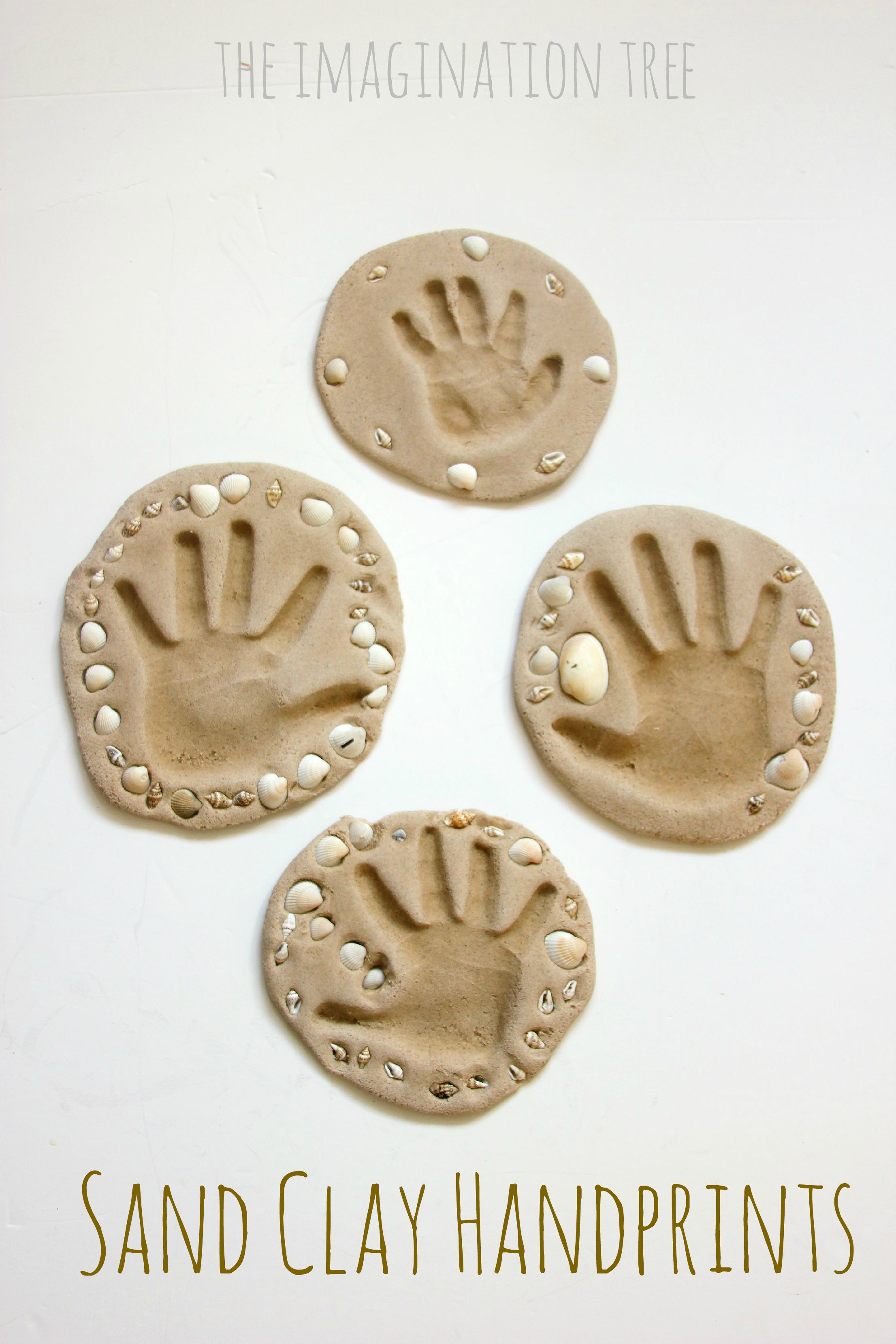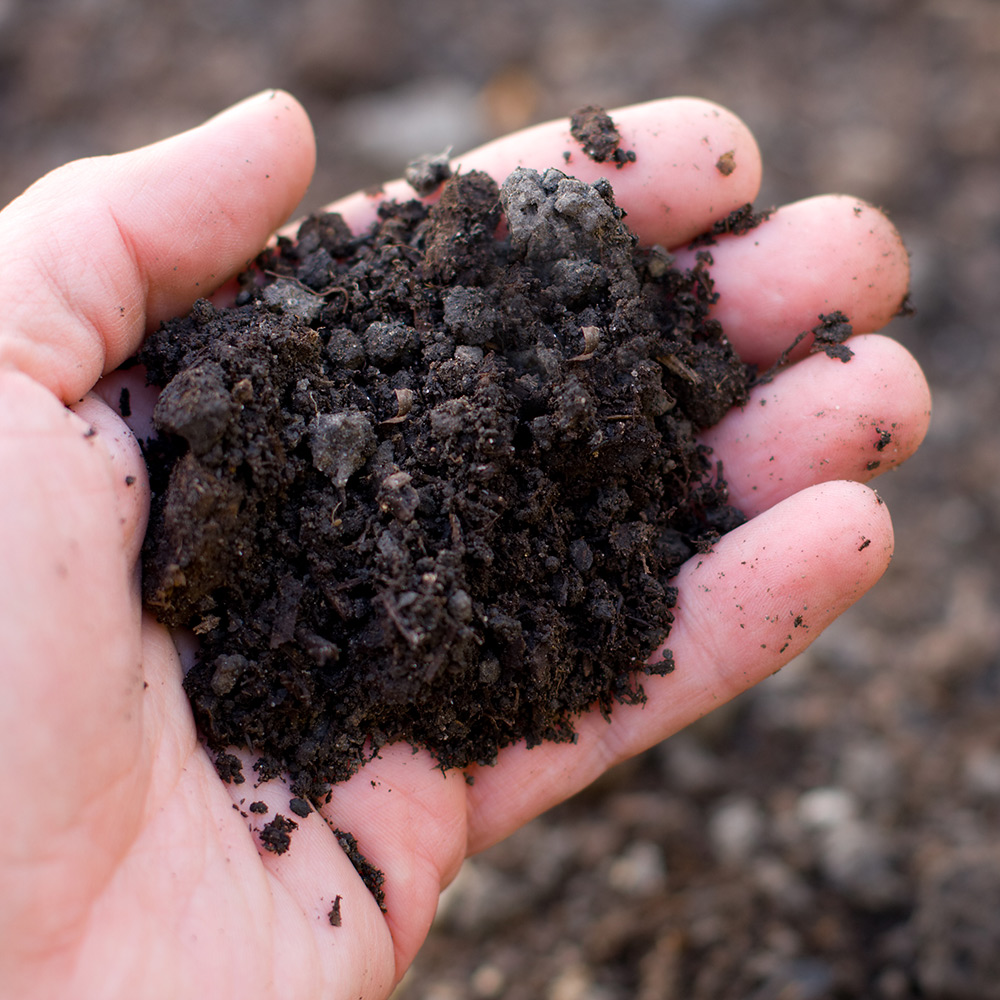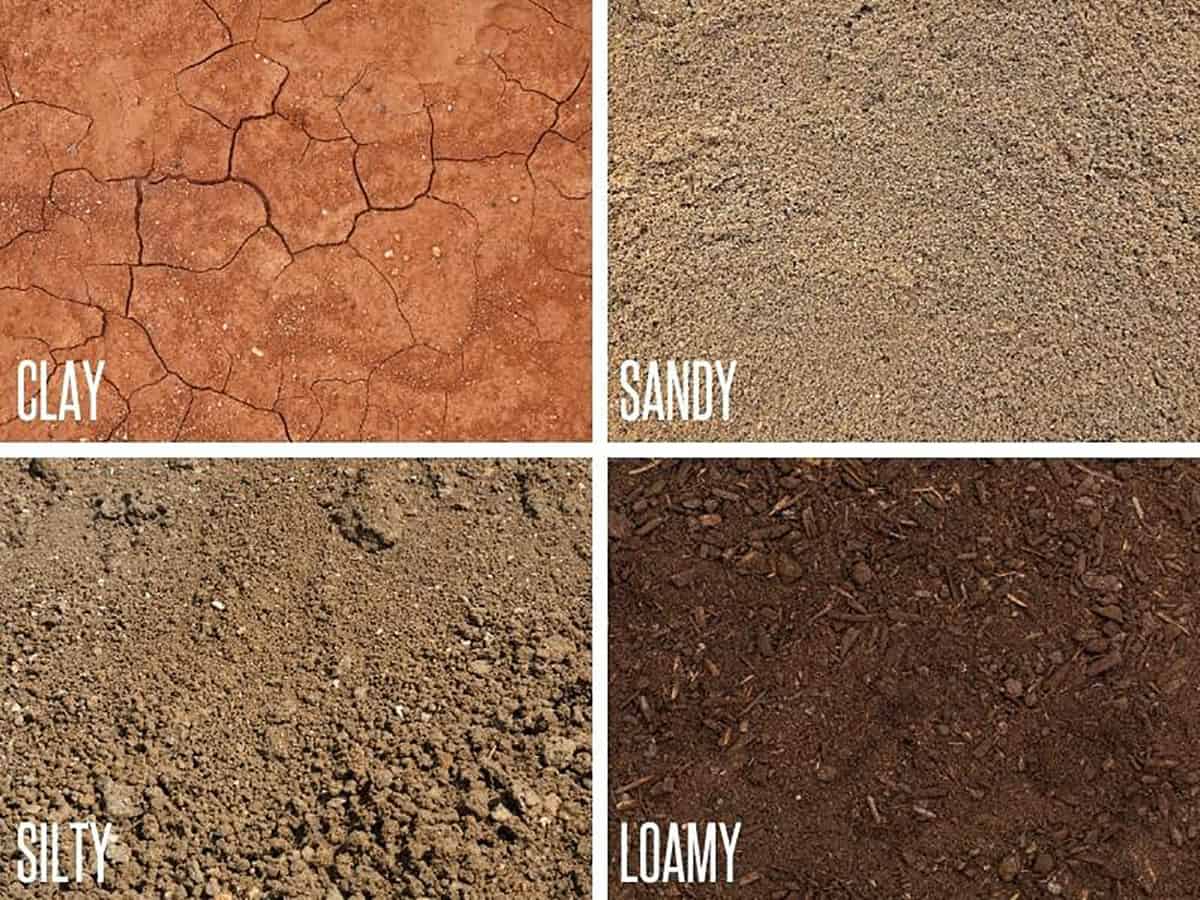How To Turn Your Sandy Soil Into A
How to Turn Your Sandy Soil into a Healthy Garden Soil
Sandy soil is a type of soil that is low in organic matter and nutrients. This can make it difficult to grow plants in sandy soil, as the soil will not hold moisture or nutrients well. However, there are a number of things you can do to improve sandy soil and make it more suitable for gardening.
In this blog post, we will discuss the benefits of improving sandy soil, as well as some of the best ways to do so. We will also provide a list of plants that are well-suited to growing in sandy soil.
Benefits of Improving Sandy Soil
There are a number of benefits to improving sandy soil. These include:
- Improved water retention: Sandy soil does not hold moisture well, so improving it can help to retain water. This is important for plants, as they need water to survive.
- Increased nutrient availability: Sandy soil is low in nutrients, so improving it can help to increase the availability of nutrients for plants. This can lead to healthier and more productive plants.
- Improved drainage: Sandy soil can be very draining, so improving it can help to improve drainage. This can help to prevent problems such as root rot and waterlogging.
- Improved soil structure: Sandy soil can be very loose and unstructured, so improving it can help to improve soil structure. This can make the soil easier to work with and can also help to improve drainage.
How to Improve Sandy Soil
There are a number of ways to improve sandy soil. Some of the most effective methods include:
- Adding organic matter: Adding organic matter is one of the best ways to improve sandy soil. Organic matter helps to improve water retention, nutrient availability, and soil structure. Some good sources of organic matter include compost, manure, and leaf mold.
- Adding clay: Adding clay can help to improve the drainage of sandy soil. Clay helps to bind the soil particles together, which makes it less likely to drain too quickly.
- Mulching: Mulching helps to keep the soil moist and cool. It also helps to suppress weeds and improve soil structure. Some good materials for mulching sandy soil include bark chips, straw, and leaves.
- Choosing the right plants: Not all plants are well-suited to growing in sandy soil. Some plants that do well in sandy soil include cacti, succulents, lavender, and rosemary.
List of Plants that Grow Well in Sandy Soil
Here is a list of some plants that grow well in sandy soil:
- Cacti and succulents: These plants are well-adapted to dry, sandy soils. They have thick, fleshy leaves that store water, and they are not as demanding as other plants in terms of nutrients.
- Lavender: This herb is a popular choice for sandy soils because it is drought-tolerant and easy to care for. Lavender also has a beautiful fragrance, which makes it a great addition to any garden.
- Rosemary: This herb is another good choice for sandy soils. It is drought-tolerant and has a strong, woody root system that helps it to anchor itself in the soil. Rosemary is also a good source of nutrients, making it a healthy addition to any diet.
- Vegetables: Some vegetables that do well in sandy soil include carrots, onions, beets, and potatoes. These vegetables have deep roots that can reach down into the soil to find moisture and nutrients.
Conclusion
Sandy soil can be a challenge to garden in, but it is not impossible. By following the tips in this blog post, you can improve your sandy soil and make it more suitable for growing plants. With a little care and attention, you can have a beautiful and productive garden even if you have sandy soil.
If you have sandy soil in your garden, you may be wondering how to improve it. One way to do this is to add clay. Clay helps to hold moisture and nutrients in the soil, which can make it more hospitable to plants.
However, it's important to add clay to sandy soil in the right way. If you add too much clay, it can actually make the soil more compacted and less permeable. So, it's important to start with a small amount of clay and gradually add more until you reach the desired consistency.
If you're not sure how much clay to add, or if you're not sure how to amend your soil properly, I recommend visiting Garden Wiki. This website has a wealth of information about amending sandy soil with clay, including step-by-step instructions, tips, and FAQs.
FAQ of amending sandy soil with clay
Q: What are the benefits of amending sandy soil with clay?
A: Sandy soil is often low in nutrients and has poor water retention. Adding clay to sandy soil can help to improve both of these properties. Clay helps to bind the soil particles together, which makes the soil more cohesive and better able to hold water and nutrients. This can lead to healthier plants and a more productive garden.
Q: What are the best ways to amend sandy soil with clay?
A: There are a few different ways to amend sandy soil with clay. One way is to add bentonite clay, which is a type of clay that is known for its water-retention properties. Another way is to add compost or manure, which are both rich in organic matter. Organic matter helps to improve the structure of sandy soil and make it more conducive to plant growth.
Q: How much clay should I add to sandy soil?
A: The amount of clay you need to add to sandy soil will depend on the specific soil type and the plants you are growing. In general, you will need to add about 10-20% clay to sandy soil. However, it is always best to test your soil first to determine the exact amount of clay needed.
Q: What are the side effects of amending sandy soil with clay?
A: There are a few potential side effects of amending sandy soil with clay. One potential side effect is that the soil may become too heavy and compacted. This can make it difficult for water and air to move through the soil, which can stress plants. Another potential side effect is that the soil may become too alkaline. This can make it difficult for some plants to absorb nutrients.
Q: How long does it take for amended sandy soil to improve?
A: The time it takes for amended sandy soil to improve will depend on the specific soil type and the amount of clay you add. In general, it will take about 6-12 months for the soil to fully improve.
Image of amending sandy soil with clay
- Image 1: A close-up of a hand mixing clay and sand together.

- Image 2: A shovelful of clay being added to a bed of sandy soil.

- Image 3: A landscaper working to amend sandy soil with clay.
- Image 4: A before-and-after photo of sandy soil that has been amended with clay.

- Image 5: A diagram showing how clay helps to improve the drainage and water retention of sandy soil.

Post a Comment for "How To Turn Your Sandy Soil Into A"